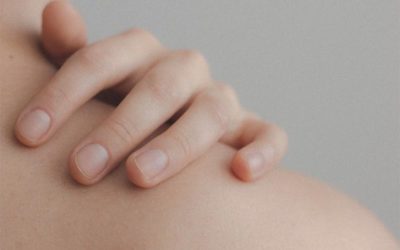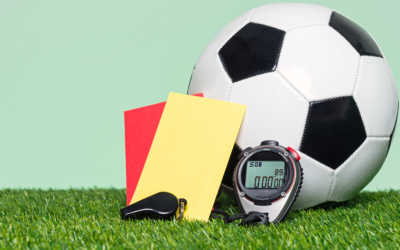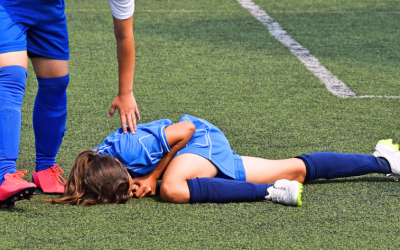
Adam Levko, PT, DPT
Many people that exercise regularly, or are returning to some form of exercise, begin to experience anterior knee pain. There are several reasons a person can experience pain in the front of the knee. Patella Femoral Syndrome (PFS) results from pain under the knee cap (patella) that is caused by tracking improperly on the long bone in the thigh (femur). Many studies and medical professionals suggest that this tracking issue is due to a relative weakness of the Vastus Medialis Oblique (VMO), as compared to the Vastus Lateralis (VL). This relative weakness would result in the VL pulling the patella laterally, or toward the outside of the leg, while it tracks on the femur. The back of the patella has a ridge, like the hull of a boat, and is supposed to track directly in a groove (like a canal) on the femur. If the hull of the boat is continually being pulled over the edge of the canal, this will cause significant irritation, inflammation, and even damage to the cartilage that covers the bone over time.
While the VMO plays a key role in controlling patella tracking, there is often much more to the equation. Muscles and joints in the entire leg all play a part in keeping the knee moving in a straight plane while exercising. If the lateral muscles of the hip are weak (the Gluteus Medius is the primary muscle that abducts the leg, or takes away from the body), the hips may not remain level with running or other types of dynamic exercises. This causes an outward positioning of the hip, creating a relative inward positioning of the knee. The patella then has to track laterally, over the canal, with continued knee flexion and extension.
Muscles in the ankle and foot positioning also play a roll in the straight plane of the leg with exercises. Having weak arch muscles (posterior tibialis) can cause the foot to over-pronate (flatten) with any weight-bearing exercises. Shoes without proper support can cause a similar positioning of the foot. Proper footwear is a key component in maintaining the correct mechanics of the knee with exercise. For people without perfect biomechanics or resting foot positioning, minimalistic shoes (shoes that are very light and flexible) may not be the best option. When running or performing other types of exercise that involve lower extremity work, a shoe with a sufficient arch support, heel cup stability, and a congruent sole might be the best fit. This will help the foot and the knee line up properly in the plane that causes the patella to track appropriately, keeping the hull of the boat in the canal.
Biomechanics (form with exercise) also play a large part in proper patellar tracking. Weak lateral hip muscles and improper foot positioning can lead to a breakdown in form. However, even if these weaknesses are corrected, form still needs to be focused on with any exercise. With running, maintaining level hips (not letting the opposite hip drop when one foot is on the ground), and proper foot positioning while contacting the running surface are key in patellar tracking and knee alignment. When squatting, or performing other types of closed kinetic chain (CKC, mostly when feet are touching the floor or another surface) exercises, many areas of form need to be addressed. With a squat, the weight distribution of the body should be back, feeling as though you are pushing through your heels/mid-foot to perform the movement. You should not feel the weight through the balls of the feet or toes, as this will create added pressure to the front of the knee. To assure the weight is kept back, the hips need to be pushed back during the descent, as if you are reaching back to sit on a chair that is behind you. Keep the chest up, looking ahead, while bending forward at the waist. Lastly, do not let the knees “cave in” toward each other; keep them out, over the ankles.
These are the main issues worked on in rehab with PFS. There are many issues that can cause anterior knee pain. If you are having trouble eliminating the issues that are causing your knee pain, or your knee(s) continue to be painful with any activity, consult your doctor or physical therapist.



